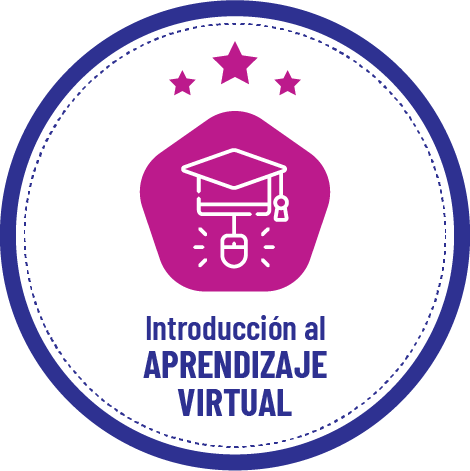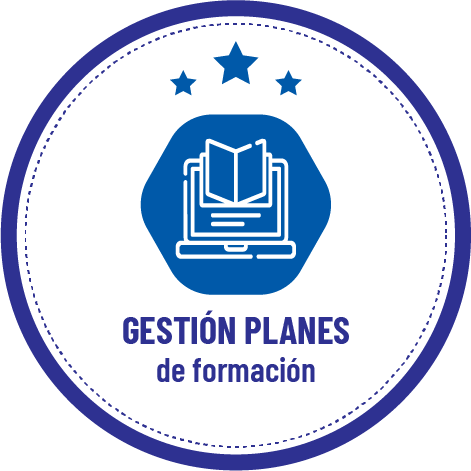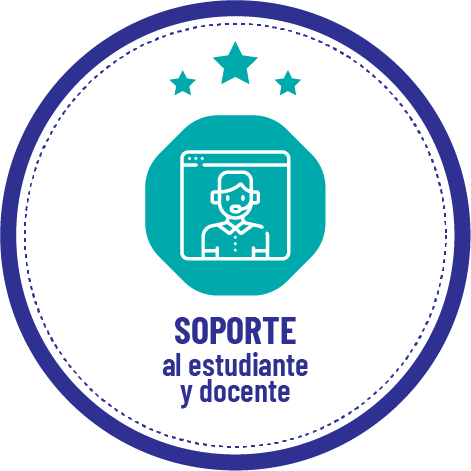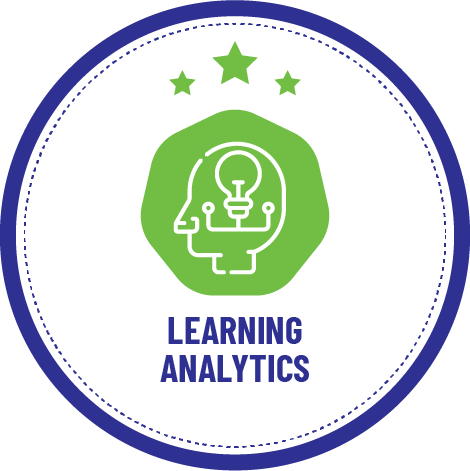
Technical Competency Development Programme
(TCDP)

Target audience
Platform and ICT support technicians of educational institutions

Duration
40 hours

Modality
Virtual modality with synchronous activities and technical assistance

Language:
Spanish

Certification
Final certification and digital credentials associated with each programme module
Description
The Technical Competency Development Programme (TCDP) is aimed at professionals responsible for technology services in higher education institutions. It focuses on the development of the knowledge and skills necessary for the effective and continuous operation of virtual platforms and other information technologies for education, as well as on the adequate technical assistance and support for teachers and students.
The program is taught through the IESALC Campus and is supported by synchronous sessions of collaborative work and doubt resolution. It counts on technical advice and support to teachers for the implementation of activities related to the resolution of common problems in an area of support for non-face-to-face education, such as updates, monitoring and tracking of incidents, as well as the correct back-up to guarantee the service. At the end of the program, participants will have an Application Plan with a document that includes the design of their Disaster Recovery system.
Programme structure

Objetives
Modules
Module 1. Introduction to virtual learning

Module 2. Management of training plans

Module 3. Student and teacher support. Incident management

Module 4. Tools: Learning analytics

Extension seminars
For further information, please contact: soporte@campusiesalc.org